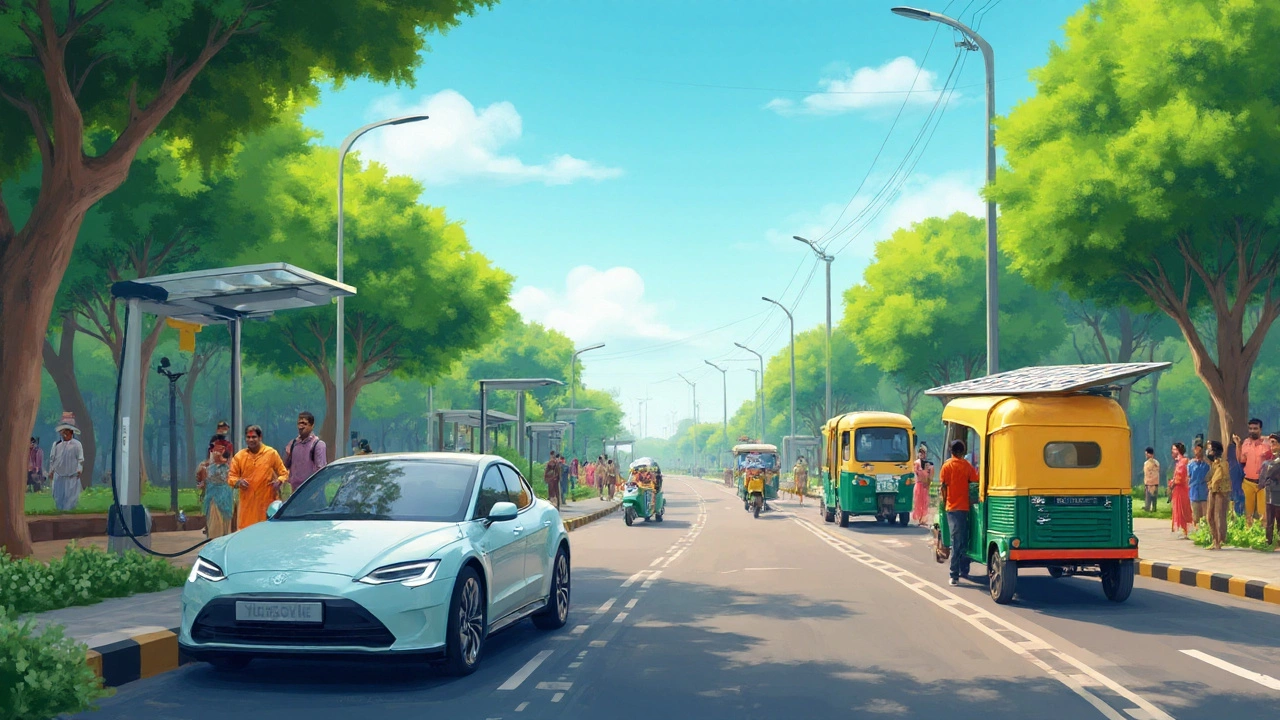Clean Transportation: Electric Vehicles, Public Transit, and the Future of Moving People
When we talk about clean transportation, any method of moving people or goods that produces little to no pollution. Also known as sustainable mobility, it’s not just about swapping gas cars for electric ones—it’s about redesigning how cities work so people don’t need to drive as much at all. In India, where air pollution kills over a million people every year, clean transportation isn’t a luxury. It’s survival.
Electric vehicles, cars, buses, and two-wheelers powered by batteries instead of gasoline. Also known as zero-emission transport, are already rolling out in cities like Bengaluru and Delhi, with state governments offering subsidies and charging infrastructure. But EVs alone won’t fix traffic or pollution. That’s where public transit, buses, trains, and metro systems designed to carry large numbers of people efficiently. Also known as mass transit, comes in. A single fully loaded electric bus replaces 30 private cars. A reliable metro reduces congestion and cuts commute times. And when you pair that with safe bike lanes and walkable neighborhoods, you get cities where people choose to move without burning fuel.
These systems don’t just clean the air—they save money. Solar-powered buses, like those running in Ahmedabad, cost less to operate than diesel ones. Electric rickshaws are now the most common last-mile transport in small towns, replacing polluting two-stroke engines. Even the way we think about fuel is changing: green hydrogen is being tested for long-haul trucks, and AI is optimizing bus routes to cut idle time and energy waste.
But clean transportation isn’t just about tech. It’s about policy, equity, and behavior. Can a farmer in Odisha afford an EV? Can a student in Patna reach college without waiting hours for a bus? The best solutions don’t just reduce emissions—they make mobility fairer, faster, and cheaper for everyone.
Below, you’ll find real stories and data from across India—on how solar-powered ferries are replacing diesel boats in Kerala, how Mumbai’s metro is cutting emissions by 1.5 million tons a year, and why India’s EV sales are growing faster than any other major country. You’ll also see how public health programs, renewable energy shifts, and even AI are all connected to the way we get from place to place. This isn’t the future. It’s already here—and it’s changing everything.




